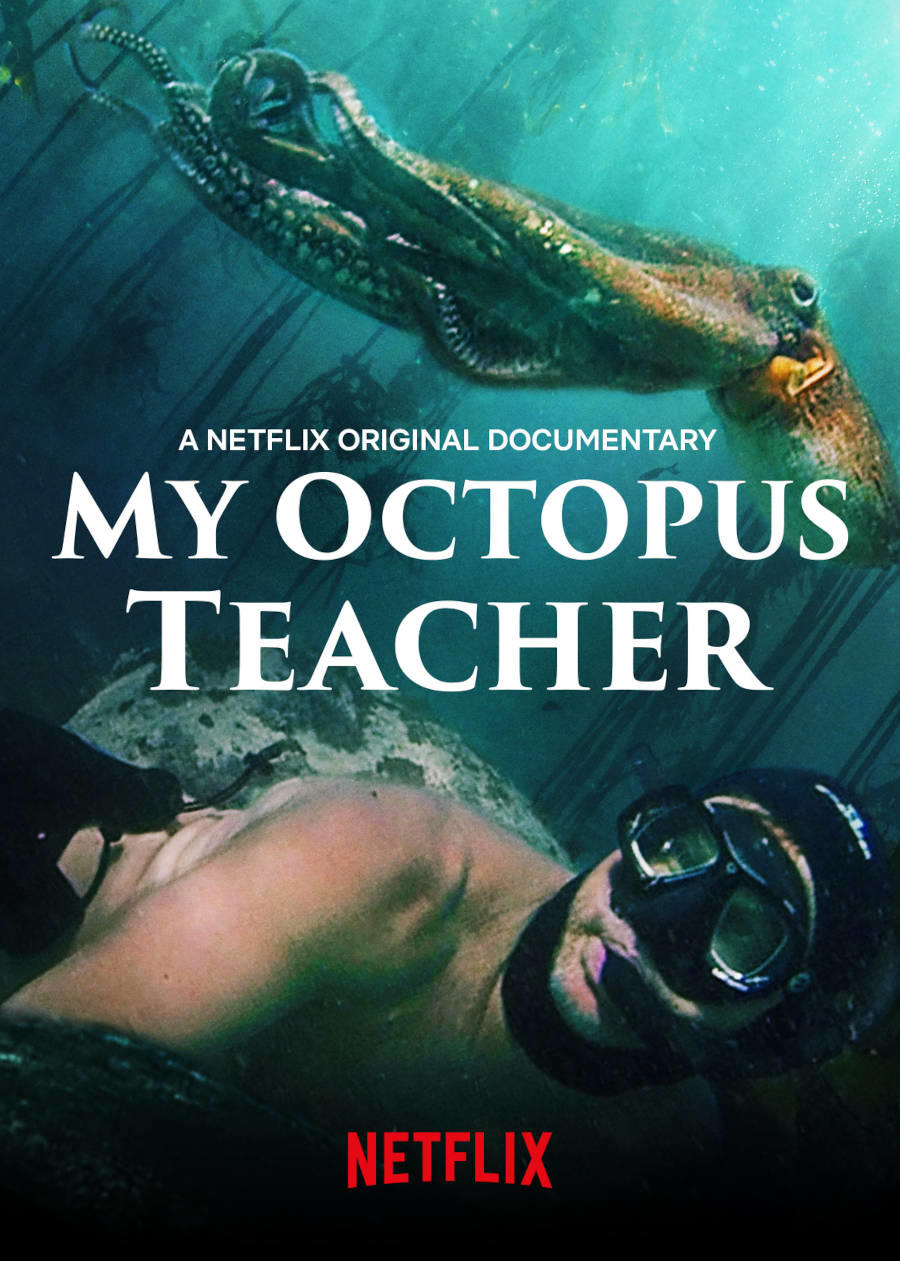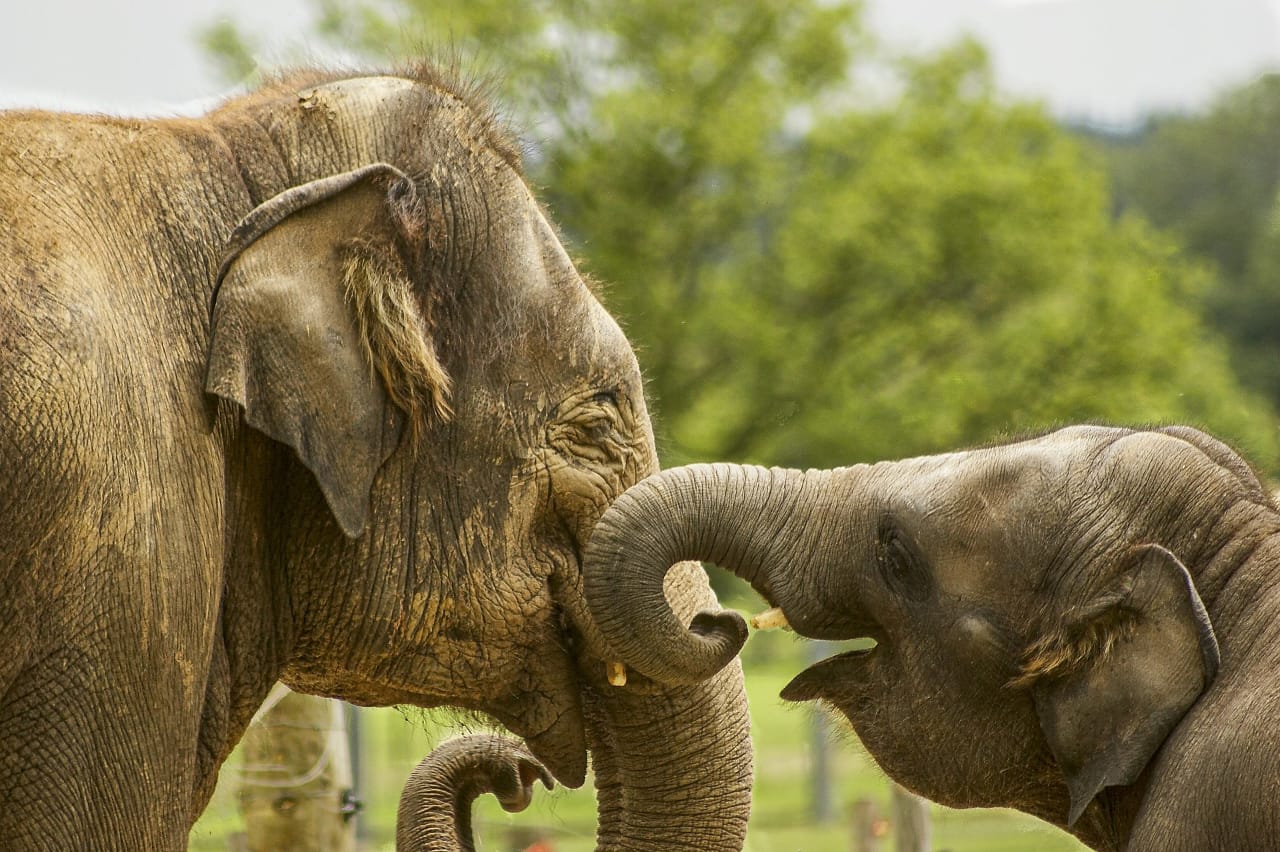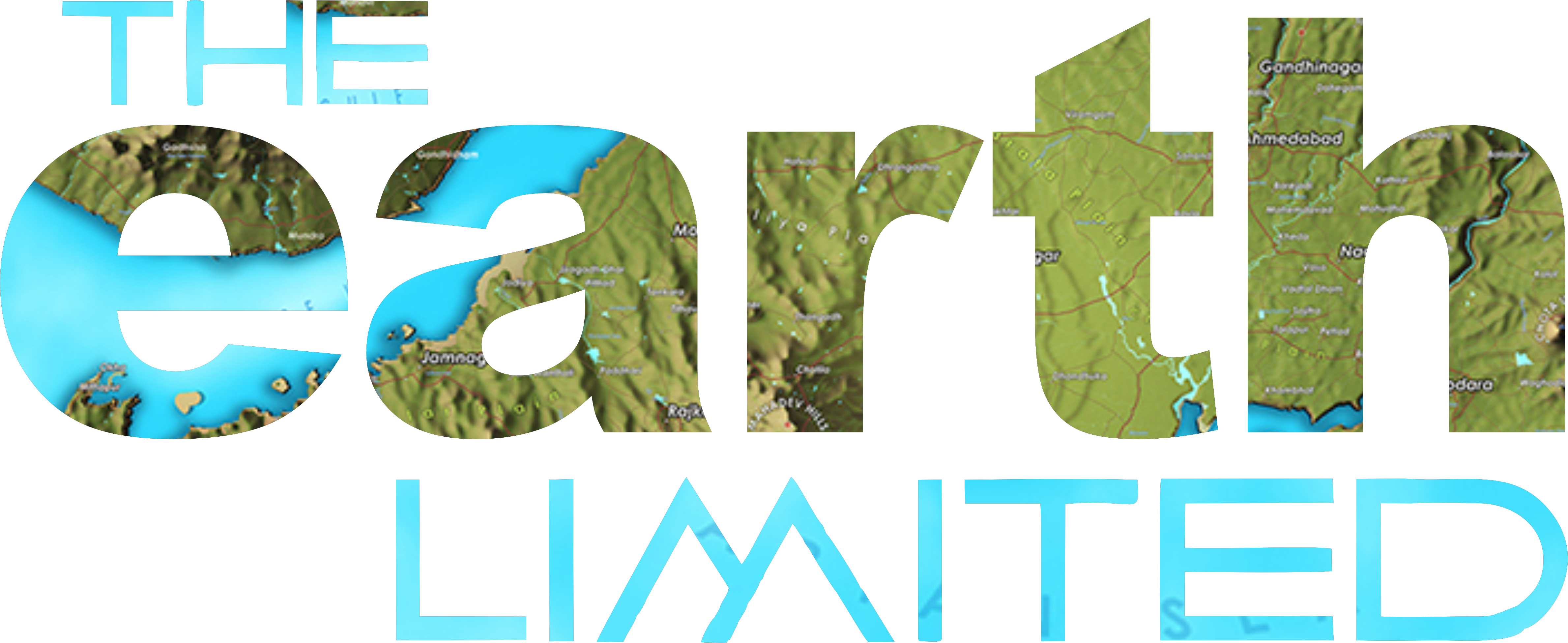Elephants, Octopus, Plants & Gaia
Elephants cry. The octopus has three hearts and nine brains. Plants scream. The magical planet and its residents are whispering…!
India’s Oscar winning documentary film The Elephant Whisperers has brought the gentle giant back into the debate. The heart rending tale of an elephant calf Raghu that is raised by a tribal couple and finally taken away, shows that animals have emotions too. It has been known for long that elephants are among sentient beings that display a range of emotions like joy, anger and sorrow. However, romanticising is one thing and addressing the reality quite another.
Today, as human population burgeons and eats into forest space, the elephants are losing out. As they venture out of ‘demarcated areas’ and help themselves to cultivated crops, they are at the receiving end. Crackers and mini bombs are used by locals to ward away the animal, often worshipped as Lord Ganesha. Sometimes they are poisoned or electrocuted. Fences have turned killers too. For the farmers, it is the loss of livelihood. For the urbanite, it is a faster and shorter way to travel through the forest. We then have railways lines and roads crisscrossing elephant habitat and resulting in fatal losses.
How willing are we humans to listen to the whisper of the mighty animal? A domesticated wild animal and a free one face drastic differences in challenges. A couple of years ago, another brilliant documentary on Netflix — My Octopus Teacher — narrated the amazing true life story of the bonding between a human and an octopus.
Craig Foster goes diving into the kelp forests off the South African coast and chances upon a strange item under the sea, a motley gathering of shells and other debris held in a rough sphere. He soon realises it is an octopus, evading predator sharks! The amazing intelligence of the mollusc, an invertebrate, unfolds over the course of the next 200 odd days of their tryst under water.

How she (yes, a she, as evidenced by absence of suckers on the tip of a right tentacle) slowly comes to trust the human and how he witnesses the last days of the terminal spawner and sums up the documentary. The sensitive narration turns the film into a poetical rendering that can wring out tears from the most hardened nut.
Foster sensitivity and openness to learning allows him to see and interpret the unfolding of each day as a lesson from his octopus teacher. The octopus gives him crucial lessons in struggle, strategizing and sacrifice which Craig then internalises into his life situation.
From a ‘yucky, slimy creature’ made even more repulsive by the ‘Pirates of the Caribbean’, the octopus, after this film, will be one of the many creatures wild and beautiful that the viewers will begin to appreciate.
A quick search on Google reveals that the octopus has three hearts and approximately nine brains (spread through its body and arms). It spews a spray of ink when under attack and it is a terminal spawner that dies while giving birth. Watching My Octopus Teacher left me with a feeling that there is something more than mythical, almost spiritual about the creature. And an abiding sense of deep gratitude to the planet for fostering so much magic. Each one of us can draw lessons from a dog, a leaf, a moth, a bird or an ant, if we are receptive. When the student is awake, a teacher is present everywhere.
Sentient Beings All
Around the time the movie was screened, the UK government amended its Animal Welfare Bill to add decapods (such as lobsters and crabs) and cephalopods (such as octopuses, squids and cuttlefish) in its list of sentient beings.
A sentient being is one that can feel and sense, with the capacity to experience pain and suffering, pleasure, excitement and joy. Some definitions add a sense of awareness to the word. So far, the list of sentient beings include humans and other mammals like dogs, pigs, chicken, cats, rats, elephants, whales ,dolphins and others.

A learning ability, possession of pain receptors, response to anaesthetics, and a capacity to recognise threats and rewards have been scientific standards of this measure. However, some experts have questioned the restrictions of these definitions that go by a superior or big brain.
Where do we place some insects and birds that display altruistic behaviour? On a more philosophical note, do we humans know enough to label other beings sentient or not?
A story from the Puranas comes to mind: two humans are fighting and end up killing each other in the forest. A monkey and its baby were the witnesses. The baby asks the mother ‘what was all that for?’ The mother points to the gold in a box. The baby goes to taste the stuff, bites into it and says, ‘this is so hard and can’t be eaten. Why did they fight for this?’ Mother monkey shrugs and says ‘they are just humans!’
The diversity and complexity of life around us is still largely unknown to us. Many species still lie undiscovered. As man is poised to build habitats and stay on Mars, there are depths to the Earth’s oceans that remain unvisited.
A recent study shows that plants emit ultrasonic ‘squeals’ when subjected to physical damage or water stress. That has lent some muscle to the meat eaters to beat the vegans and vegetarians! The study is not yet clear on what the sound emitted by the plants is meant for. But it will take some more time before we add plants to the sentient list. To take it further, the Gaia theory in fact sees the planet as a sentient being that makes changes to itself to ensure its smooth functioning.
As the list widens, what do we plan to do with that? Avoid killing them? That may be impractical however. A more realistic approach would be to adopt humane standards when killing animals for meat.
Let us be more receptive to the whispers of our co-travellers on this beautiful planet.
They may have valuable messages for us.
